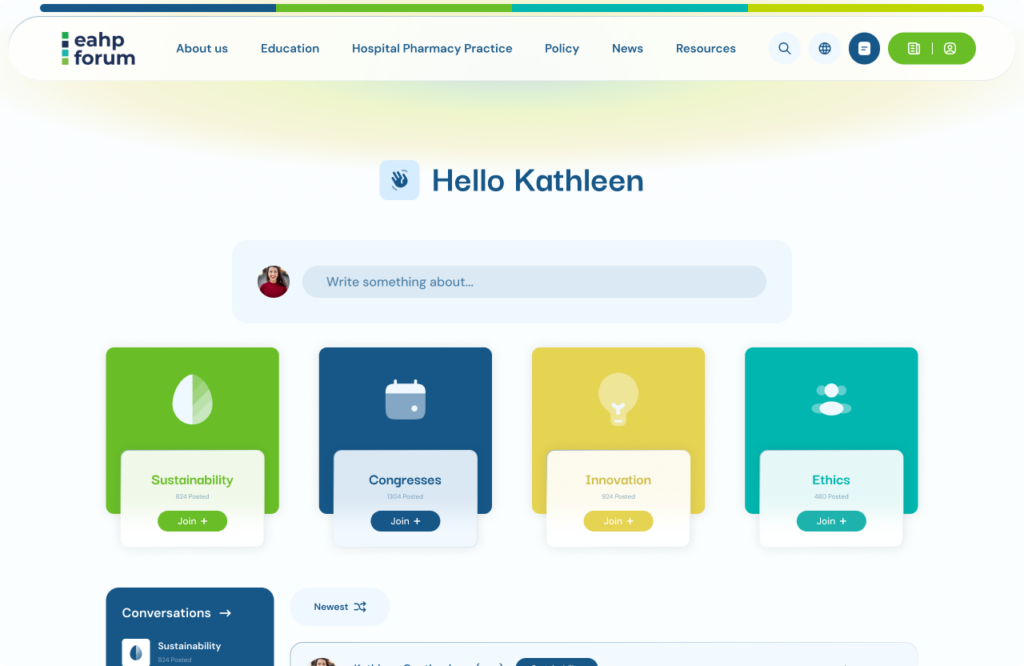ASSORTMENT COUNCIL SECURES THAT MEDICAL PRODUCT AND INFORMATION IS AVAILABLE TO NURSES, PHYSICIANS AND PHARMACISTS (submitted in 2019)
Pdf

European Statement
Selection, Procurement and Distribution
Author(s)
Katja Heikkinen, Charlotta Vinterflod
Why was it done?
AC’s mission is to secure that the right product and product information is available as well as in case of shortages assist with alternative products and information. Correct information is fundamental to achieve an effective and secure supply chain of medical products. This reduces time spent on ordering, delivery time is shortened and finding information is more efficient.
What was done?
The hospital pharmacy in Region Västra Götaland, Sweden (VGR) established an assortment council (AC) that assists buyers of medical products within the region. By creating a defined assortment the goal was to direct healthcare professionals to order procured, recommended and cost-efficient medicines and enable structured availability monitoring.
How was it done?
A counsel of pharmacists was formed to administer a defined assortment consisting of 95% of the most commonly used medical products. The availability is monitored daily and every disruption of supply is handled in a structured way. Alternative marketed or unlicensed medical products are identified and information about these are communicated through VGR’s ordering system or by newsletters. If an equivalent product is available, it will be delivered automatically without the need for placing a new order. The AC also collaborates with the region’s medical specialists and drug and therapeutics committee (DTC) when searching for alternatives.
What has been achieved?
Defined assortment has been reduced from 6000 products to approximately 3000. In 2018 in addition to the daily updated availability information, 14,300 orders out of 410,000 were automatically replaced with an equivalent product and 41 newsletters about shortages were published. Nurses get more time for patient care when shortages information is readily available, and replacement of equivalent products can be delivered automatically
What next?
By implementing this way of working in other hospital regions or on a national level, caregivers would be able to free up resources and focus on patient care and at the same time be able to find quality assured information about shortages and alternatives in an efficient manner.

























